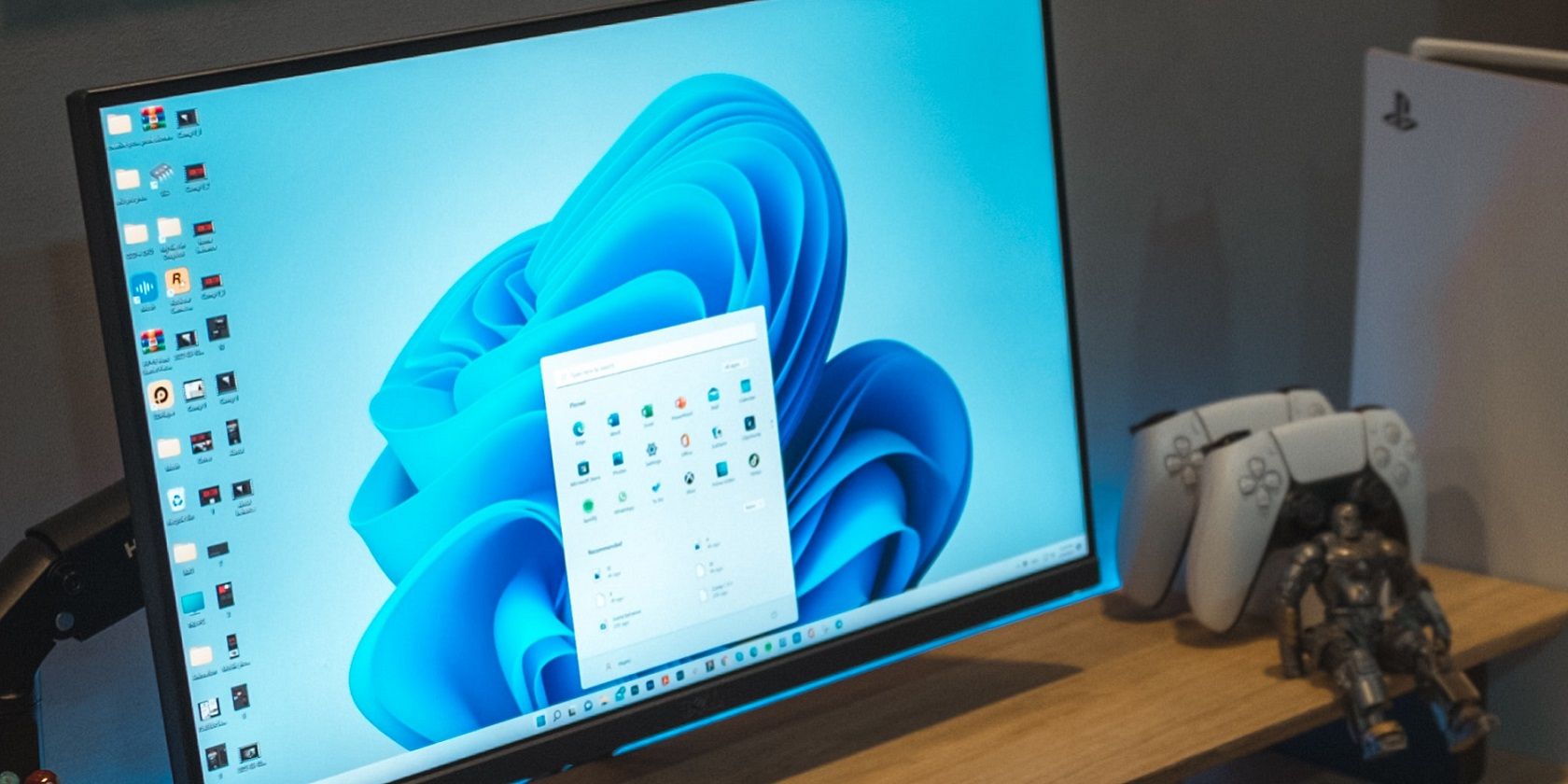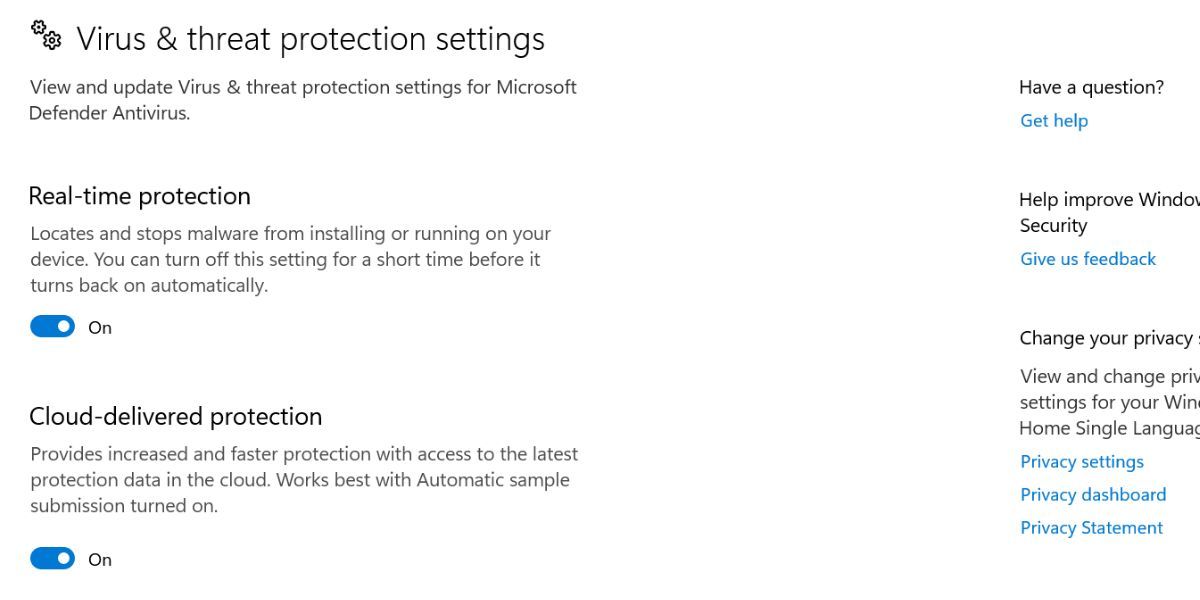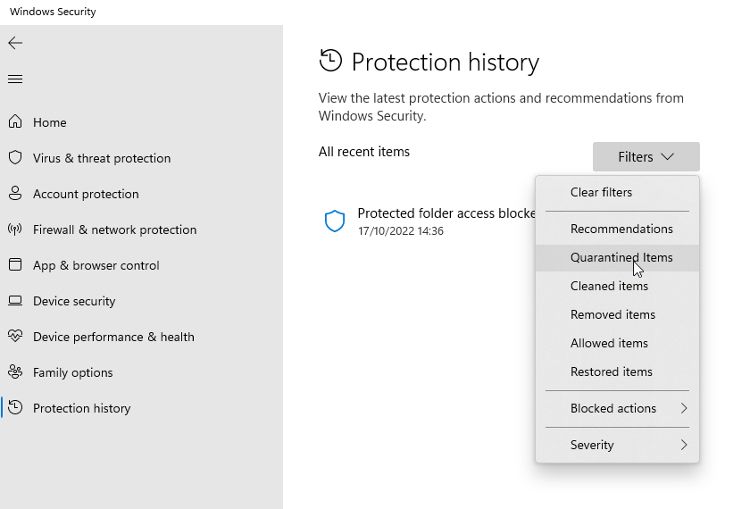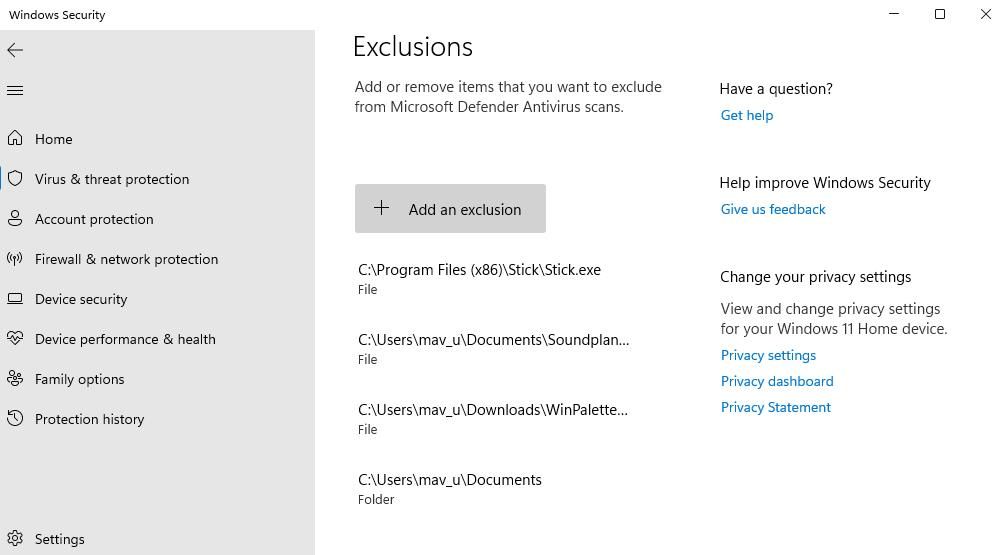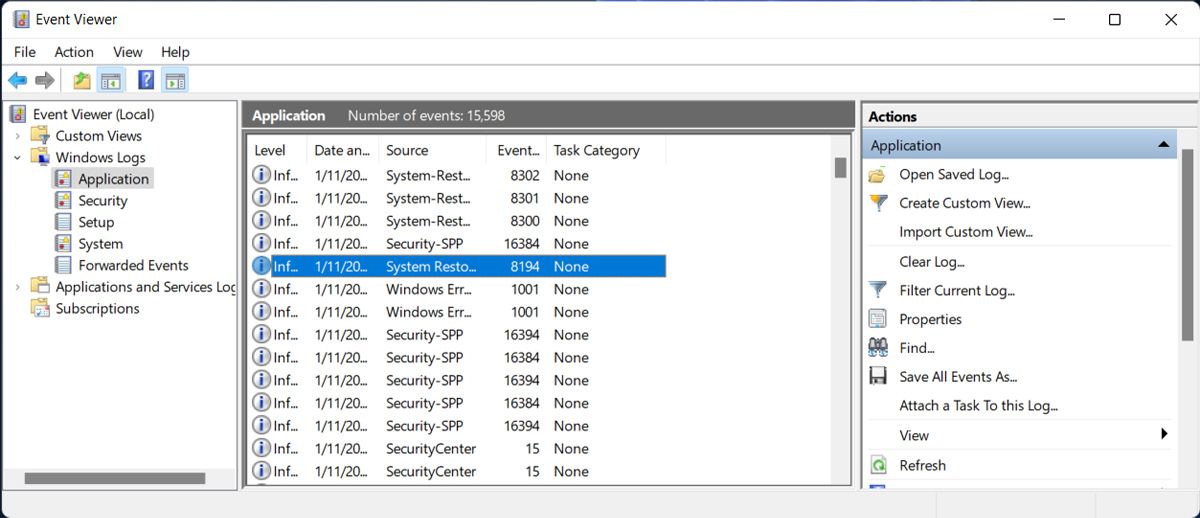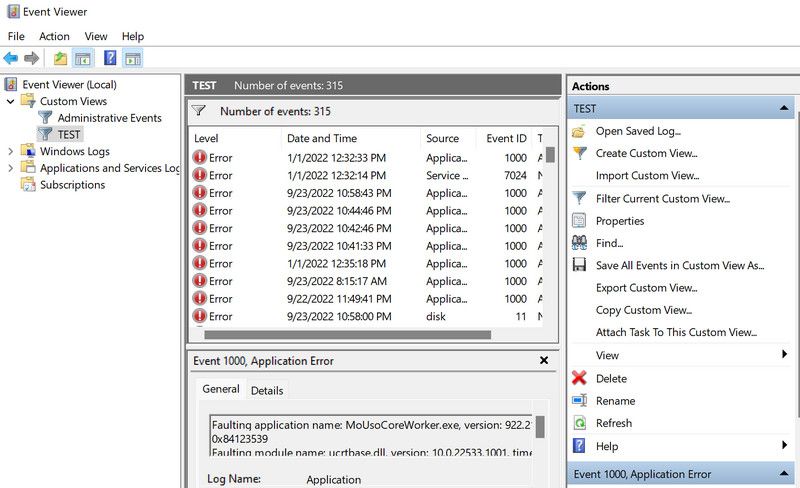The "Entry point not found" error occurs when a DLL file is missing in the app or software's directory or if the app or software cannot access it. Often, the error message specifies the name of the missing file; occasionally, it does not. For this reason, this error message may appear in different forms. In any case, the leading cause would be the same; a missing or inaccessible DLL file.
In this article, we'll explain what you can do to retrieve the missing DLL file or make it accessible to the game or software so that it can run properly.
1. Disable the Microsoft Defender Firewall or Antivirus
Microsoft Defender or the antivirus software you use can block the app's access to a DLL file that the app fails to find. The security software can also delete a DLL file if they deem it a threat. So, you should disable the Microsoft Defender Firewall or any antivirus software you use. By doing so, you can rule out both of these possibilities.
After disabling Microsoft Defender or antivirus, run the app or software again. If you encounter the same error again, the app's lack of access to the DLL file is probably not the issue; the DLL file is most likely missing.
2. Restore the Missing DLL File From the List of Quarantined Files
Most DLL files are automatically installed when you install apps, and we rarely need to download them manually. However, sometimes, the security software we use can quarantine or delete some of these files, believing they are malicious.
So, once you have disabled the antivirus, you should check the list of files that Microsoft Defender or your antivirus has quarantined. If you find the missing DLL file in that list, you can restore it.
The process of restoring quarantined files in Microsoft Defender is quite simple. So, if you know the name of the missing file that may have been mentioned in the error message, you should check the quarantined files for it and restore it.
3. Exclude the DLL File From the Microsoft Defender Firewall or Your Antivirus
Whether you've successfully restored the missing DLL file from quarantined files or manually downloaded it from an external source, it's essential to whitelist this file from Microsoft Defender or your antivirus before turning on the security software again.
Doing so will prevent these applications from deleting, quarantining, or blocking the file again in the future. So, copy the path to the DLL file you've restored or downloaded recently, and whitelist the file in Microsoft Defender and your antivirus software.
4. Is There No Mention of the Missing DLL File in the Error Message? See the Event Viewer
If the error window does not mention the missing DLL file, you can check its details in Event Viewer, a Windows tool that lets you analyze event logs. Type "Event Viewer" in Windows Search and launch Event Viewer. Then, expand the Windows Logs category from the left pane and go to the Application section.
Here, find the event specific to the app where you have encountered the error. You'll most likely find the relevant event at the top, meaning it would be recently created. The easiest way to identify such an event is by looking at events with "Error" written under the Level column.
After finding the relevant event, double-click it to view its details. You'll find its details in the General tab.
Take note of the missing file name from there and restore it from the quarantined files or download it externally. Once you have done that, don't forget to exclude it from Microsoft Defender and your antivirus.
5. Install the Missing Visual C++ Redistributable Packages
If none of the above solutions have helped you fix the problem, your last resort should be to install the Visual C++ Redistributable packages. Reinstalling them usually fixes the missing DLL files problem. So, give it a shot. To install them, follow these steps:
- Go to the Microsoft Visual C++ download page.
-
If your device runs 64-bit Windows, click the x64 link for the latest Visual Studio 2015, 2017, 2019, and 2022 packs. If your PC has a different Windows version, click the relevant link.
-
Once the VC_redist.x64.exe file has been downloaded, double-click it.
- Check the box for I agree to the license terms and conditions.
-
Click Install.
- Click Yes in the UAC window.
- Close the window once the installation is complete.
- Reboot your computer once.
Hopefully, reinstalling this package will resolve the issue. If it doesn't work, uninstall and reinstall the problematic app. When reinstalling it, keep Microsoft Defender or your antivirus disabled to prevent them from deleting the DLL file again.
What About Manually Downloading the DLL File From an Online Library?
You may be tempted to simply re-download the missing DLL file from an online source, but we do not recommend it. Downloading DLL files online can be risky; sometimes the DLL file is designed for a different version of Windows or the app you're using, which can cause further problems. And shady websites can lace the DLL file with malware.
As such, you should only download a DLL as a last resort. And it's better to figure out why the error is being thrown, as re-downloading the DLL file won't fix the reason it went missing to begin with.
Fix the "Entry Point Not Found" Error on Windows
The "Entry point not found" error indicates that a DLL file is missing from the app's directory. By following the above steps, you will be able to restore the missing DLL file or download it from an external source and manually add it. This will eventually fix the problem, and the app or program will resume working.
Lastly, always download DLL files only from legitimate and trusted sources. You could become vulnerable to identity theft if you download them from unknown or third-party sources.

